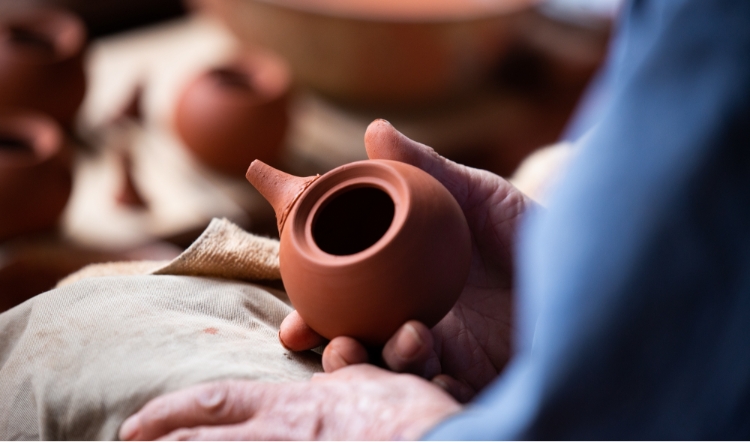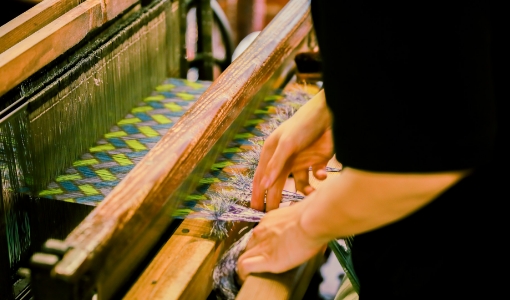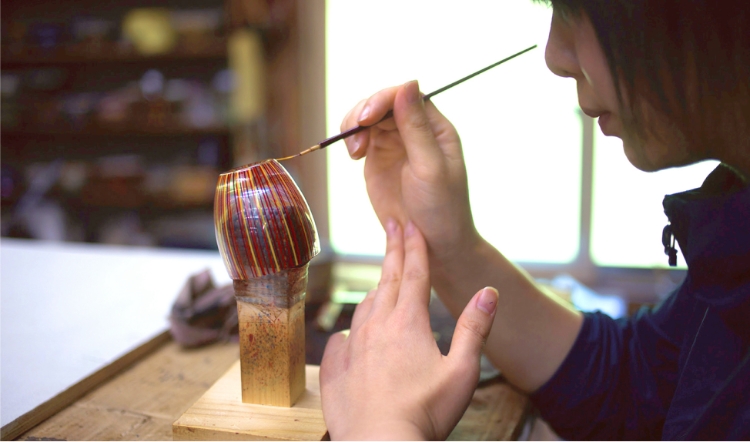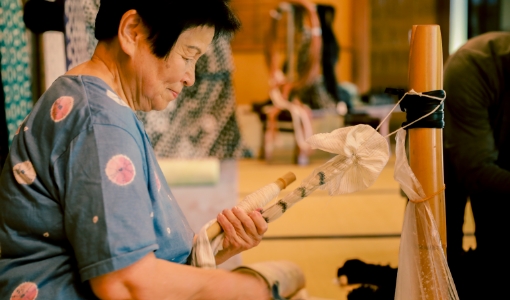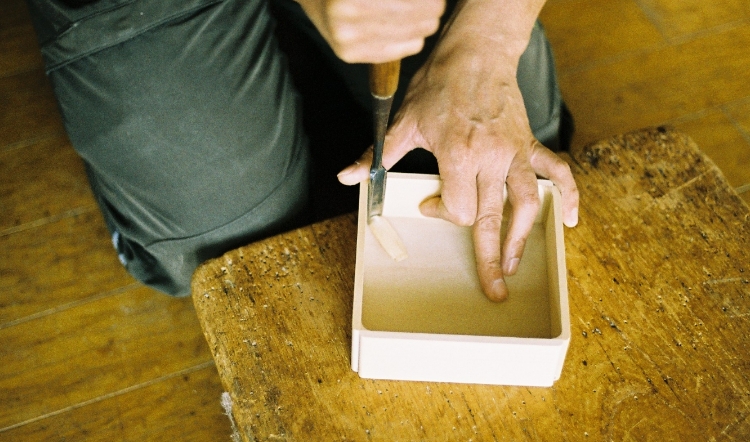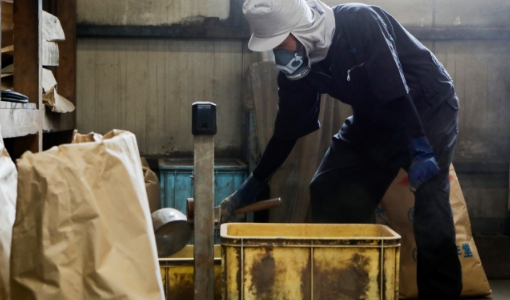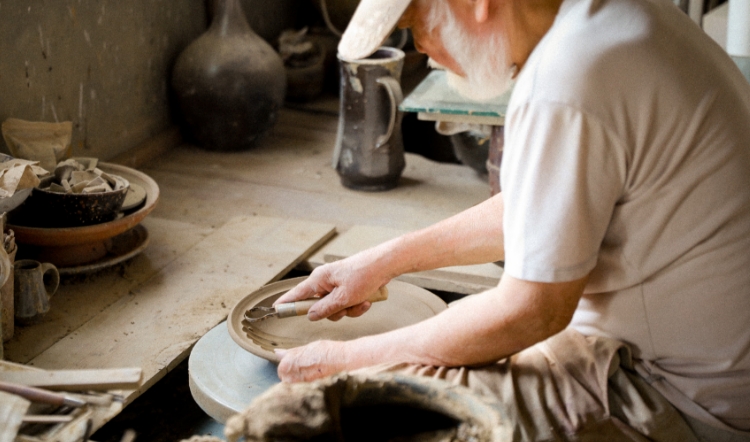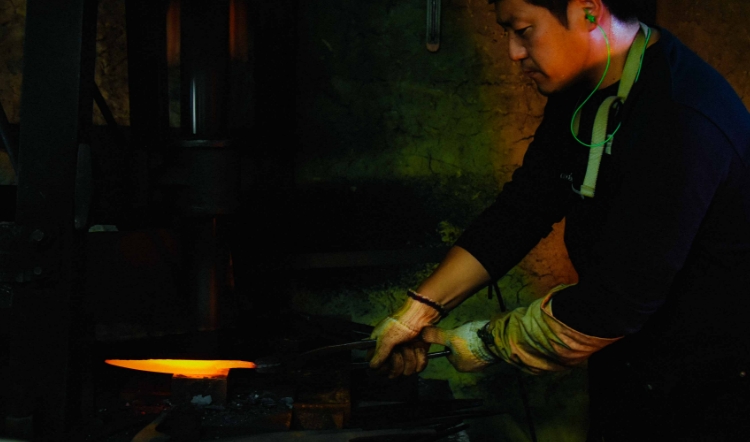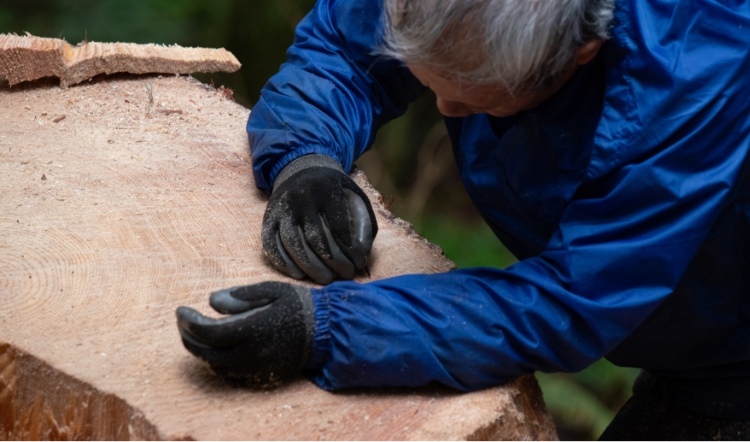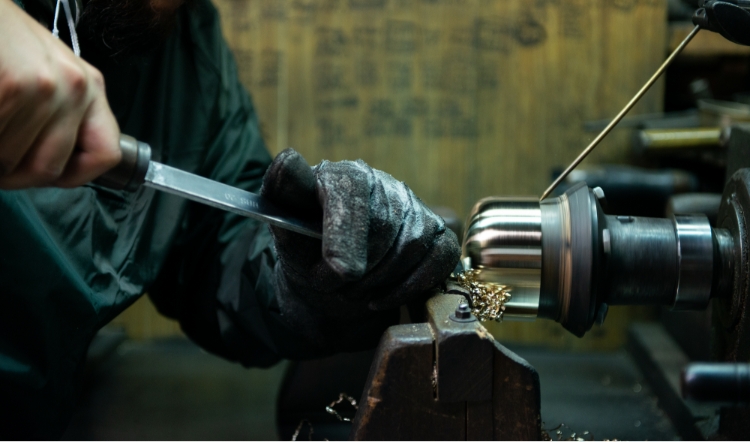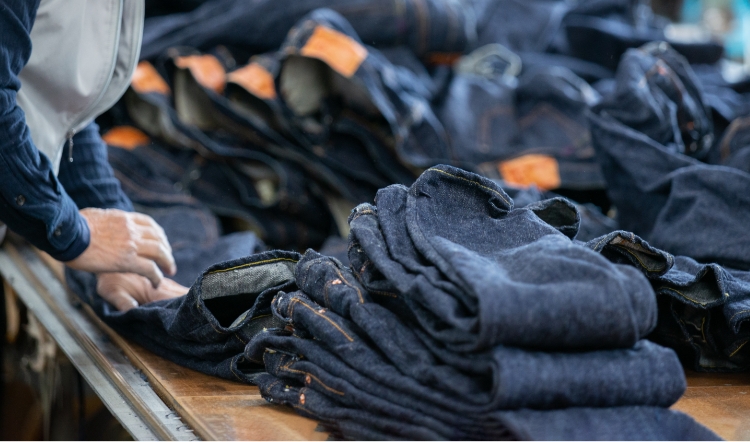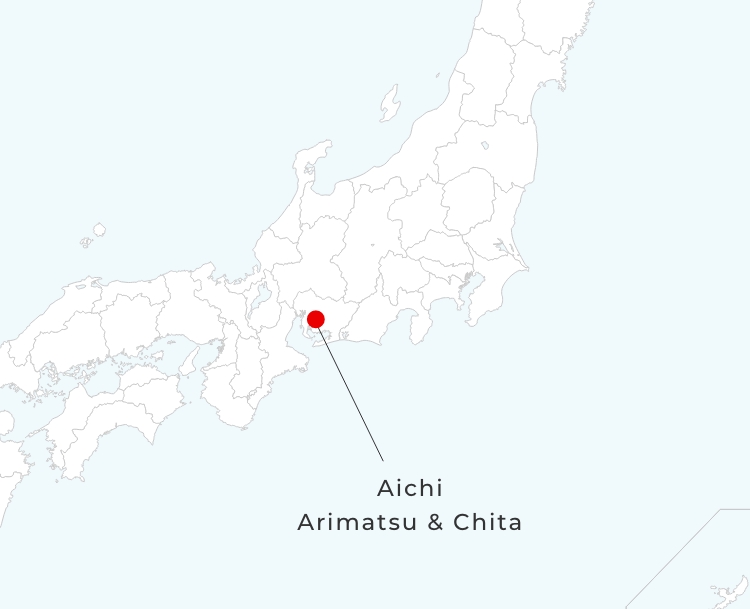
In Owari province historic townscapes with old kura (storehouses) have been preserved, such as in Arimatsu, recognized as a Japanese Heritage Site. The Kura in Chita province are central to the famed historical fermentation culture deeply rooted in this area. Discover the production of miso, soy sauce and sake, which began in the Edo period (400 years ago) and continues to the present day; a traditional industry that supports Japan’s food culture. The dyeing technique known as Arimatsu Narumi Shibori also once flourished in Arimatsu. Its origins can be traced back to Chita cotton, a specialty local handicraft of Chita and Agui. Inspired by the cotton-craft in his hometown of Agui, creator Shokuro Takeda, developed a new dyeing technique, which eventually evolved into Arimatsu Narumi Shibori.
In the Chita region near the sea, a brewing and fermentation culture developed that made use of the bounty of locally caught fish and agricultural produce; sake was made from rice, and mirin and vinegar from squeezed sake lees. Miso and tamari soy sauce were made from beans; all of which continue to support the food culture of the Owari region. Arimatsu Narumi Shibori has its roots in Chita, where a handicraft that began as tie-dyeing of hand towels has developed into one of the world’s leading tie-dyeing production regions.
On this journey of food and handicrafts, you will experience “walking” and “feeling” the streets lined with kura, using all five senses.

Click the button to link to an external site dedicated to inquiries.

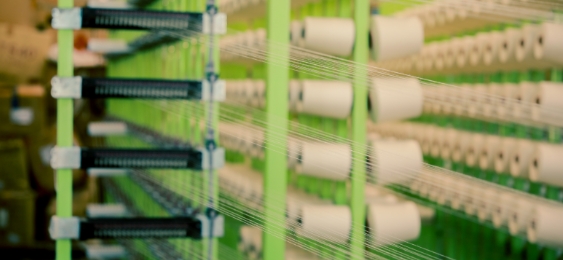
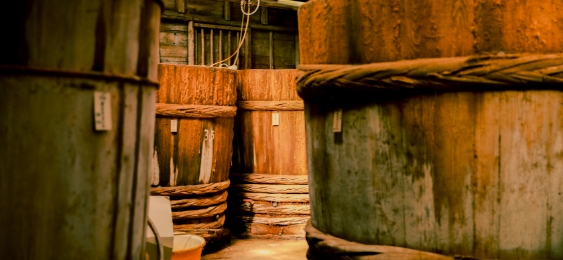

Journey from Chita, the origin of the world-leading tie-dyeing culture of Arimatsu Narumi Shibori, to Arimatsu, a town of tradition and innovation, discovering the food culture that has nurtured the people of this region along the way. This is a tour where you can feel, with all five senses, the power and techniques of tradition connecting the past to the present.
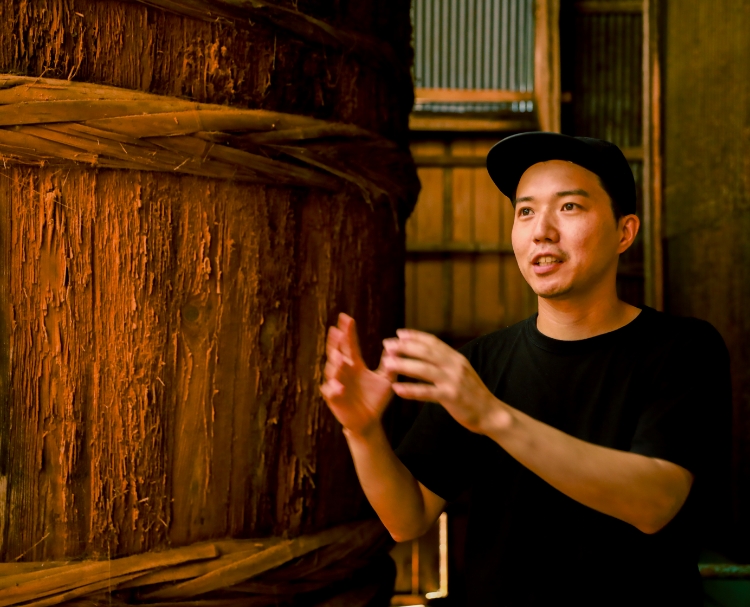
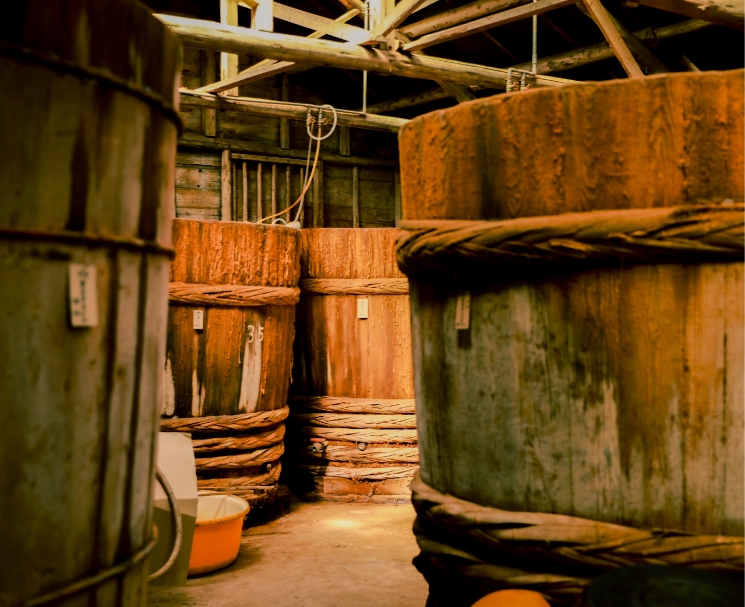
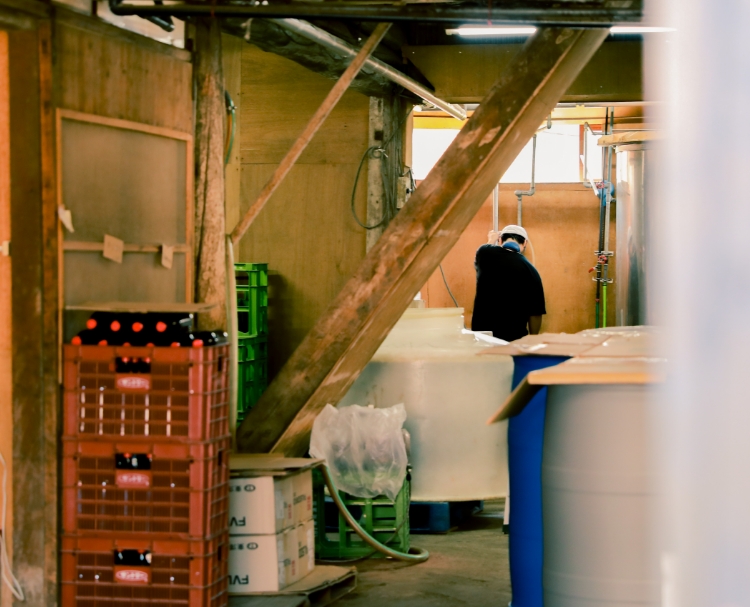
The fermentation culture of miso, soy sauce, sake, mirin (rice wine) and vinegar is deeply rooted in the region and many old Kura storehouses remain. The aroma of miso fills the air as soon as you step into the streets of Taketoyo Town. At breweries like Minamikura Store, fermentation is carried out in wooden vats that have been in continuous use for more than 100 years.



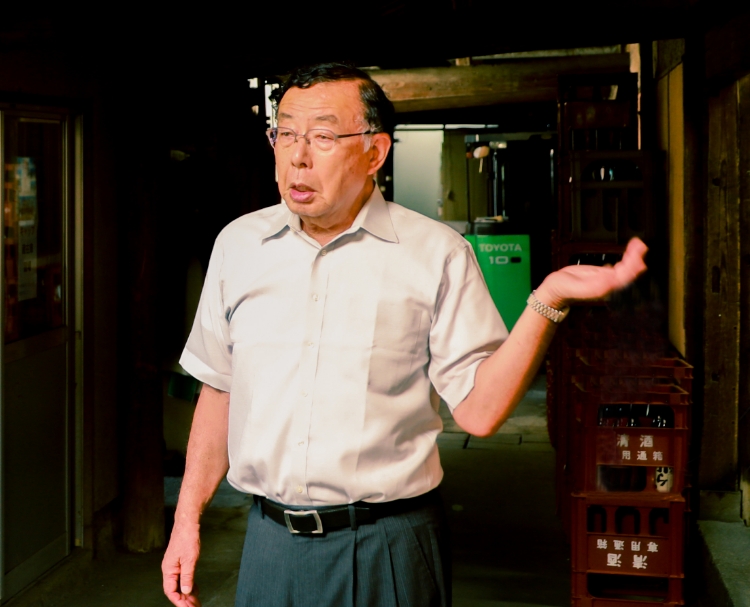
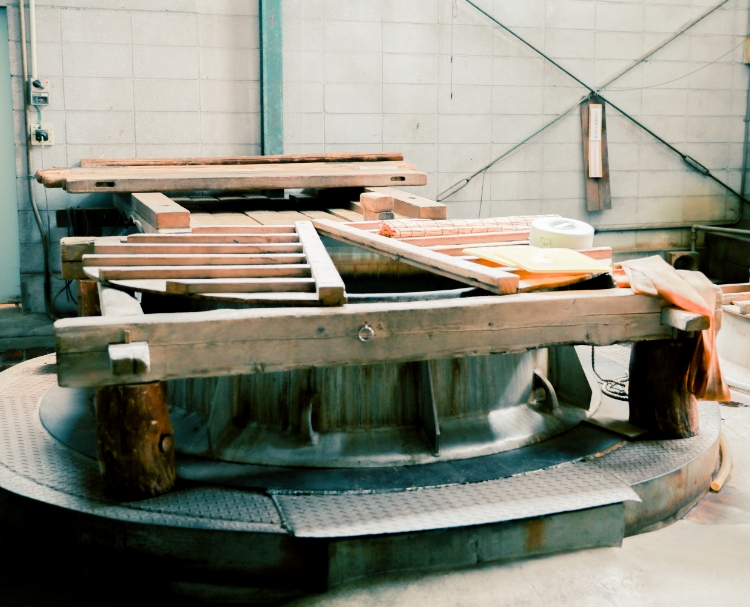
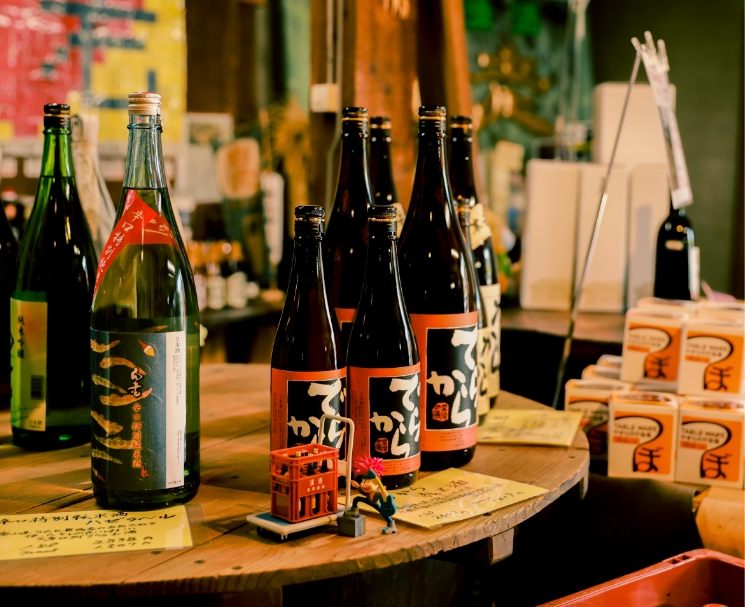
Founded at the end of the Edo period, in 1848, the Sawada Sake Brewery’s philosophy is “Gohou-Yoshi”, which means “Good for the worker, good for the seller, good for the buyer, good for the community and good for nature”. Today the company continues to pursue brewing sake in harmony with daily life. Since its founding, Sawada Sake Brewery has sourced its own private soft-water supply, drawn from the central hills of the Chita Peninsula. The company maintains its meticulous brewing process, drawing out the best from the rice while preserving the mellow and delicate flavors.



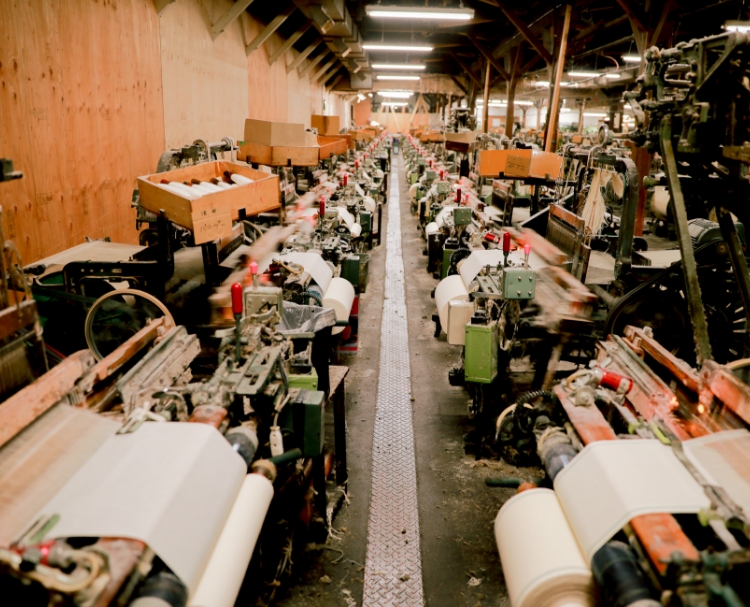
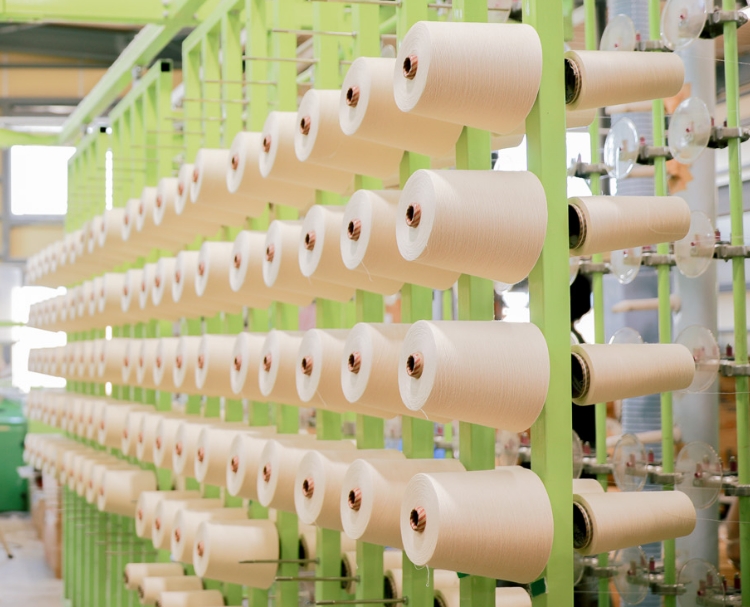
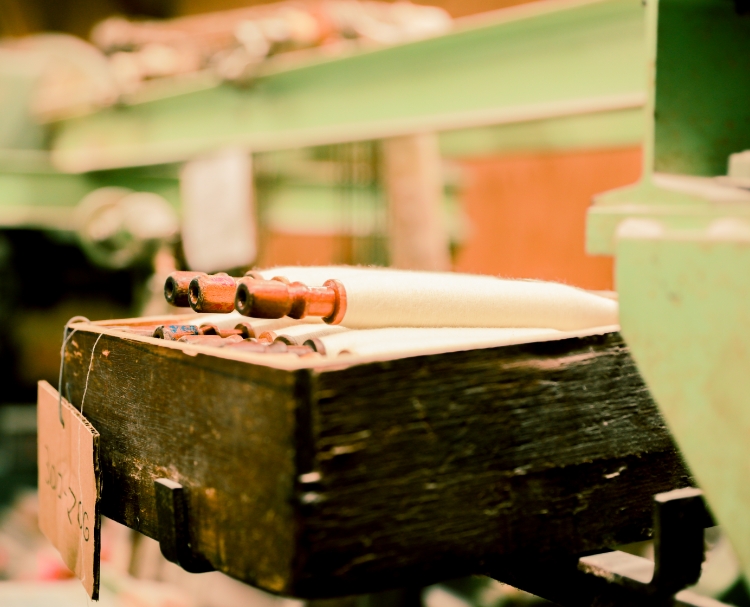
Shokuro Takeda, the founder of Arimatsu Narumi Shibori, was born and raised in Agui. Although the production method has changed from handlooms to automatic looms, it is still a major producer of cotton fabrics. The fabric used for Arimatsu Narumi Shibori today is still woven on the looms made by Toyota when they were first founded. These machines are no longer manufactured so are carefully maintained and repaired by the company in-house.



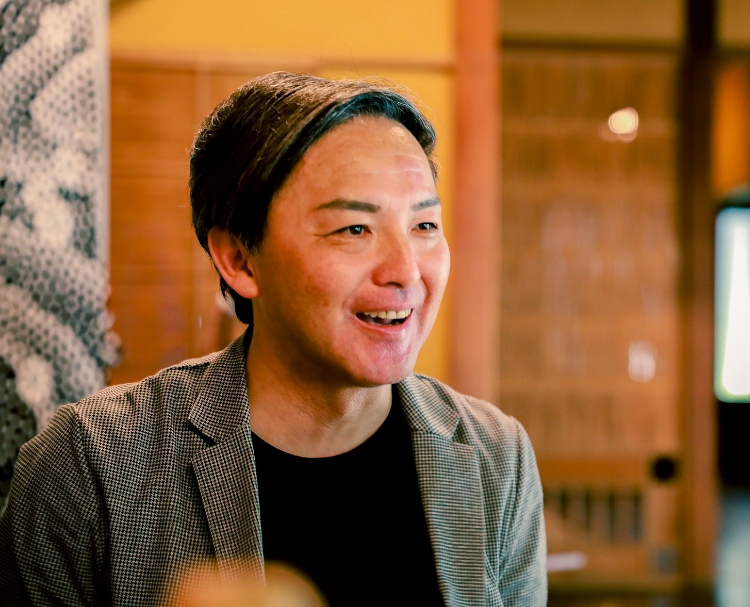
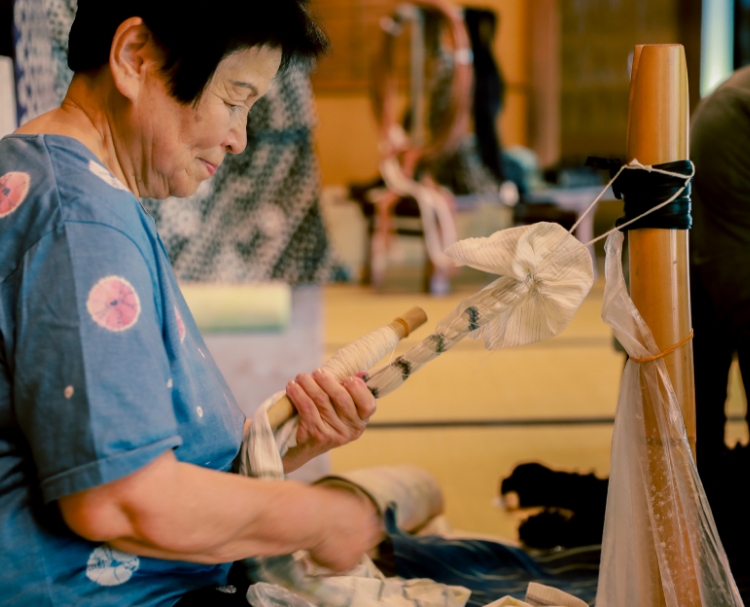
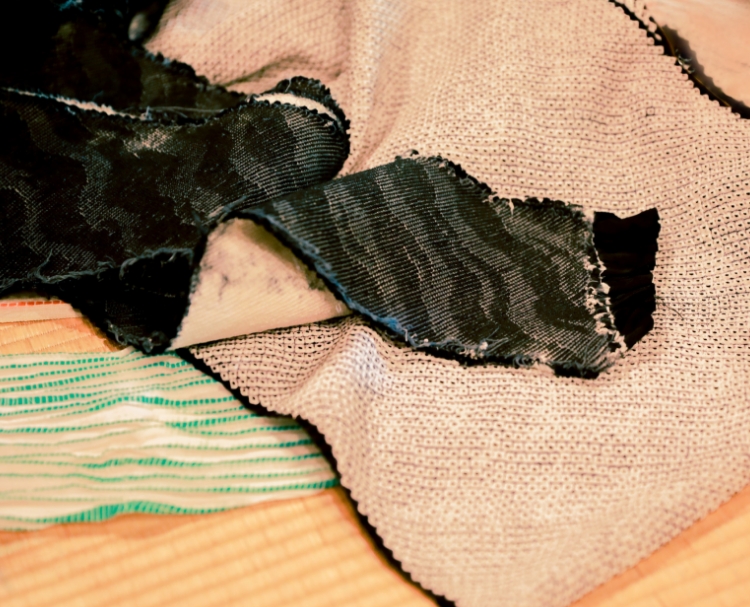
Founded in 1608, following in the footsteps of Shokuro Takeda, Kahei Takeda Shoten is a historic establishment, trading from a building that has maintained its original appearance and is a Designated Cultural Asset in Nagoya. The range of patterns and designs achieved by the meticulous handwork is astonishingly varied, showcasing the enduring appeal of shibori dyeing, which also gains character with age. Shibori craftspeople want to champion the charms of this textile, and the company uses its 400-year history and expertise in Arimatsu to develop products tailored for modern lifestyles, carrying the artisanal culture of shibori to into the future.



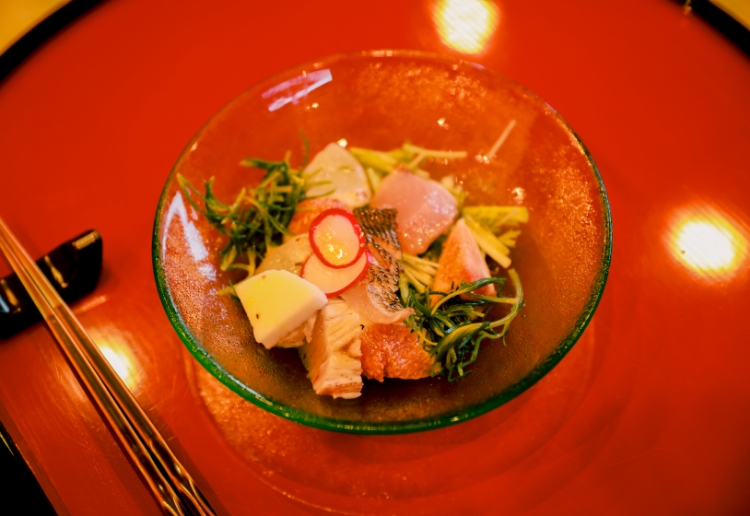
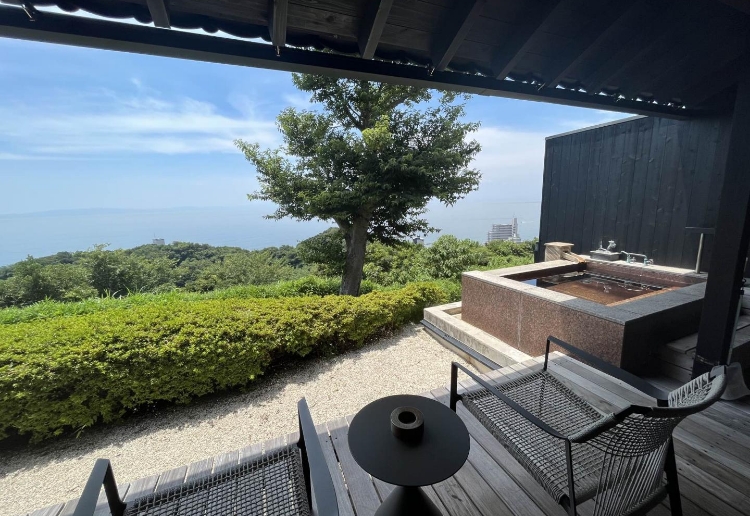

Click the button to link to an external site dedicated to inquiries.
